
Get the latest international news and world events from around the world.

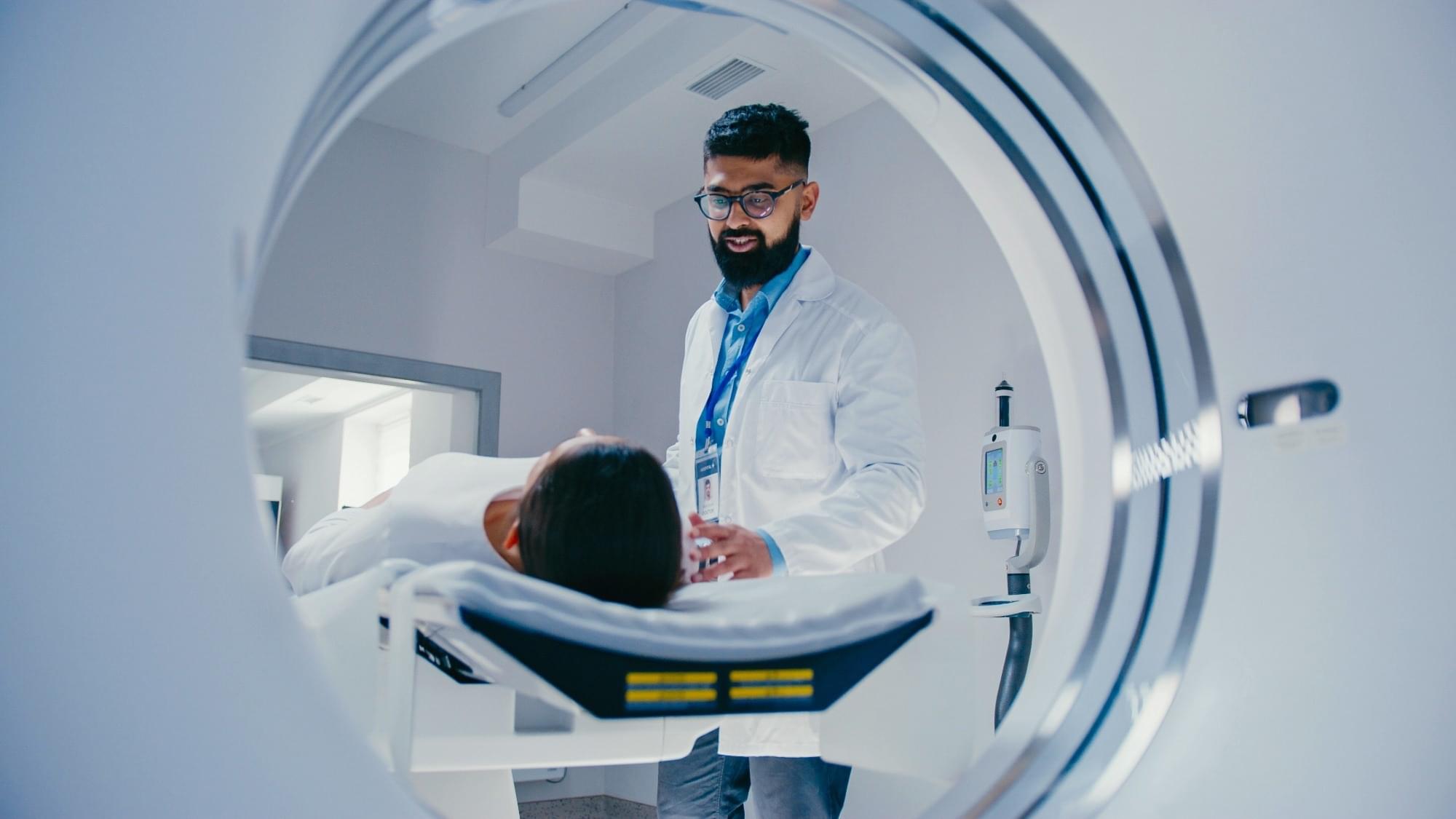
MRI age clocks reveal how each organ ages differently and predict who develops disease or lives longer
Researchers developed seven MRI-based biological age clocks across major organs using UK Biobank imaging, linking each to proteins, metabolites, genetics, disease risks, mortality, and cognitive decline. These organ-specific age gaps reveal how uneven aging shapes vulnerability to conditions such as diabetes, hypertension, and dementia, opening new paths for precision prevention and clinical trial stratification
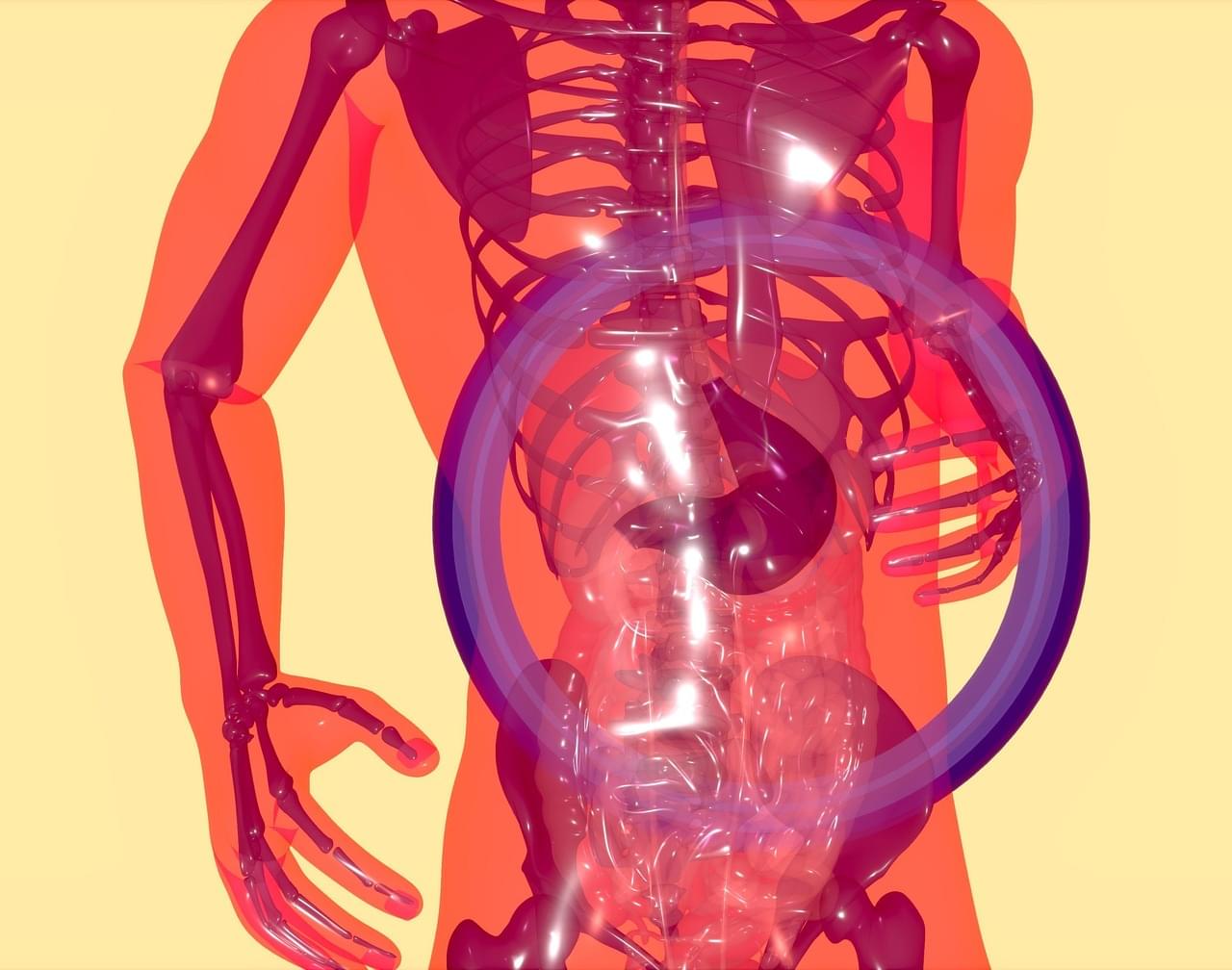
Bacteria Boost Chemotherapy Effectiveness
The microbiome encompasses all the microorganisms and viruses that reside in a particular environment in the body. Recent research on the relationship between the gut microbiome and a person’s health has led to an increased understanding of how specific microbiota can benefit or hinder the immune response in cancer patients and an individual’s response to cancer treatment.
A new publication in Cell Systems highlights the value of understanding the connections between microbiota and cancer therapy. The study demonstrates that a bacterium associated with colorectal cancer can elicit an anti-cancer effect on tumor cells.
The researchers employed a rigorous four-way screening approach to meticulously examine the molecular-level interactions between the host, microbe, drug, and nutrient. This comprehensive screening approach identified a metabolite, 2-methylisocitrate, that was upregulated in human tumor-associated microbiota, providing a solid foundation for the study’s findings.
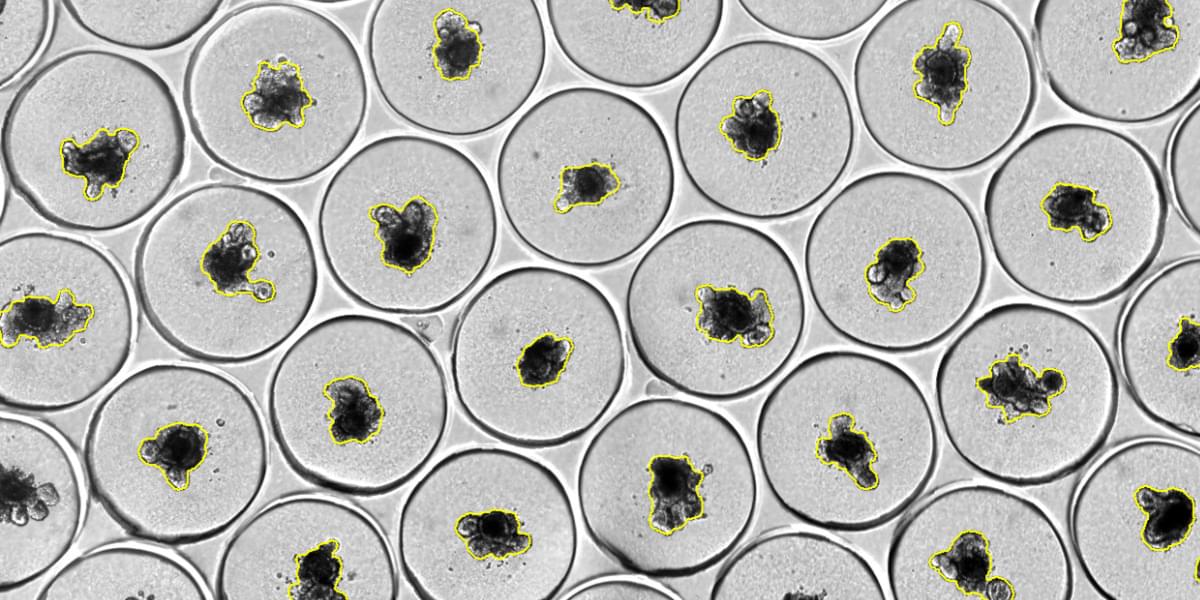
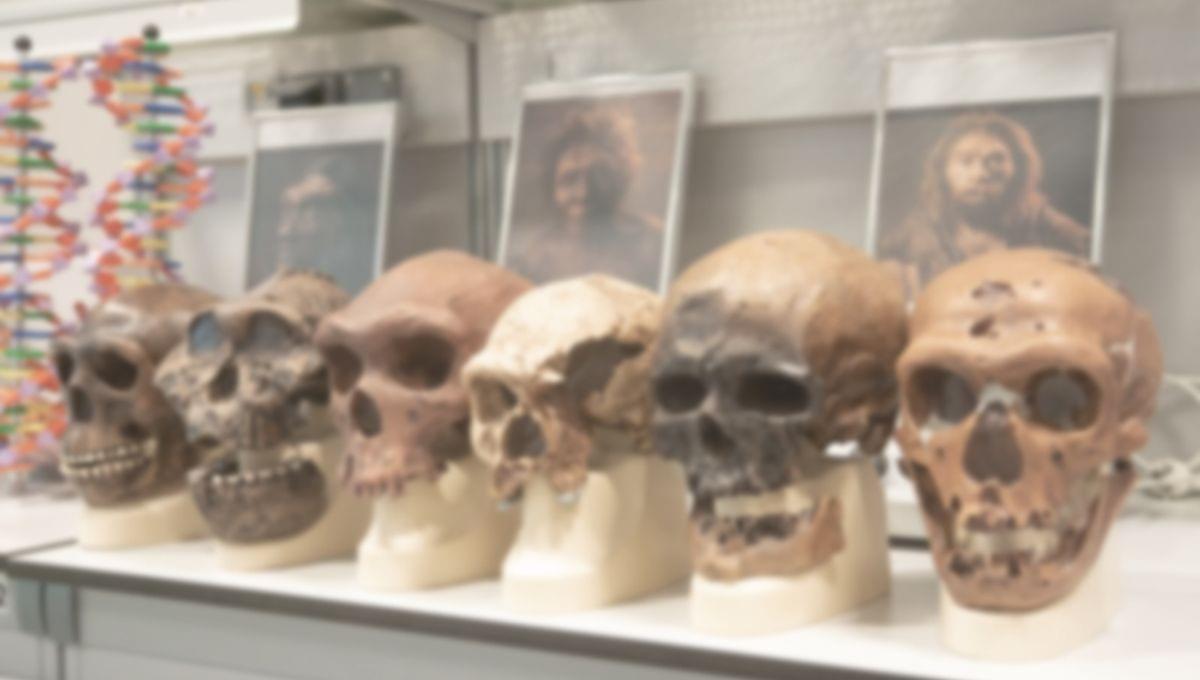

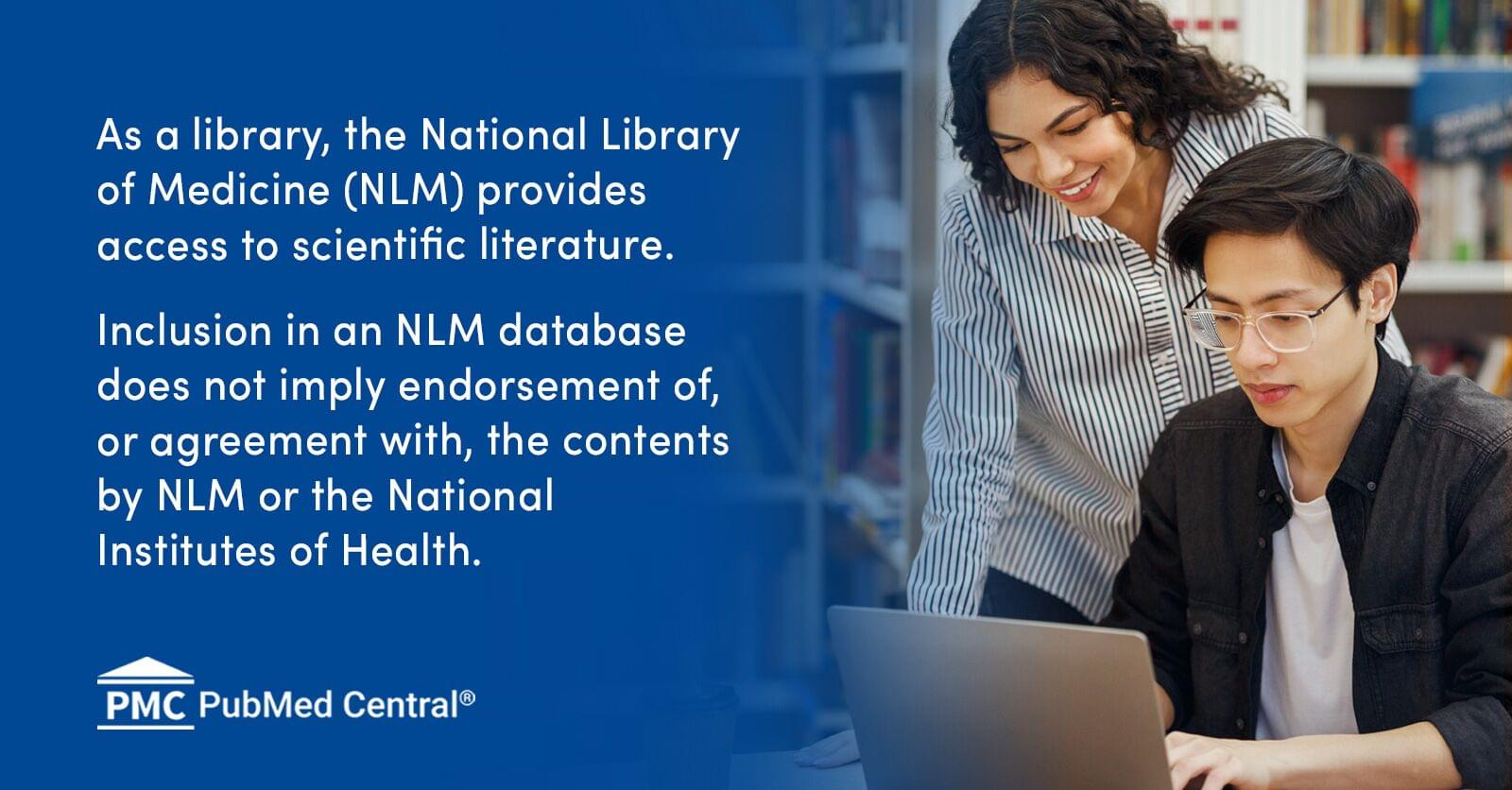
Prognostic Impact of Elevation of Cancer Antigen 15–3 (CA15-3) in Patients With Early Breast Cancer With Normal Serum CA15-3 Level
Breast cancer (BC) is the most common cancer in the world as well as the most common malignancy in Korean women, and the incidence continues to increase [1, 2]. Due to increased early detection with cancer screening programs and advances in systemic treatment such as chemotherapy, anti-hormone therapy, and human epidermal growth factor 2 (HER2)-targeted therapy, more patients are surviving after treatment for BC [3].
Current surveillance guidelines for follow-up after a diagnosis of BC recommend regular mammography (MMG) and physical examinations as well as further symptom-related laboratory tests and imaging tests, such as computed tomography (CT) or positron emission tomography-CT scans [4, 5]. These guidelines are based on data from clinical trials performed in the early 1990’s, which did not show any survival benefit with the early detection of distant metastasis [6, 7]. However, those clinical trials were mainly conducted using imaging modalities with poor sensitivity (e.g., chest X-ray), physical examinations with examiner-dependent variation of sensitivity (e.g., abdominal sonography), or procedures with limited specificity (e.g., bone scan), and did not include tumor markers (e.g., cancer antigen 15–3 [CA15-3]).
CA15-3 is a serum tumor marker for BC extensively used in clinical practice. CA15-3 is non-invasive, easily available, and a cost-effective tumor marker for immediate diagnosis, monitoring, and prediction of BC in early, advanced, and metastatic BC [8, 9, 10]. However, to the best of our knowledge, its clinical value within normal range has not been assessed. We hypothesized that an elevation of CA15-3 levels which were initially within normal ranges in patients with early BC could affect recurrence of BC; thus, the association between elevated CA15-3 levels and BC recurrence was analyzed in the present study.

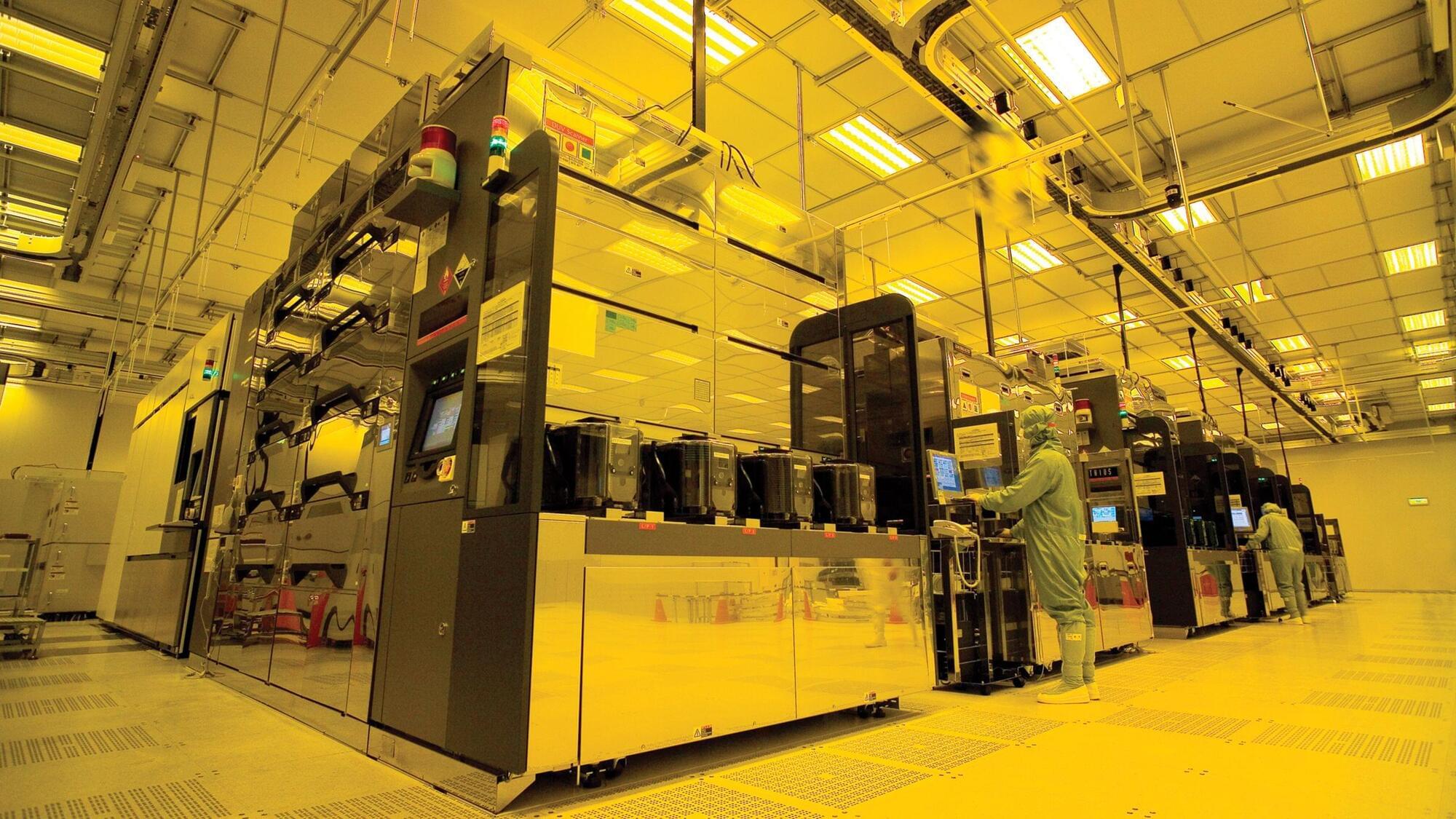

Simplified Sachdev-Ye-Kitaev model simulated on trapped-ion quantum computer
The simulation of strongly interacting many-body systems is a key objective of quantum physics research, as it can help to test the predictions of physics theories and yield new valuable insight. Researchers at Quantinuum, a quantum computing company, recently simulated a simplified version of a well-known theoretical model, the so-called Sachdev-Ye-Kitaev (SYK) model, using a trapped-ion quantum computer and a previously introduced randomized quantum algorithm.
Their simulation, outlined in a paper published on the arXiv preprint server, improves the present understanding of chaotic quantum systems that cannot be simulated using classical computers. In the future, their work could contribute to the simulation of other complex quantum systems and theoretical models.
“We were interested in the SYK model for two reasons: on one hand it is a prototypical model of strongly interacting fermions in condensed matter physics, and on the other hand it is the simplest toy model for studying quantum gravity in the lab via the holographic duality,” said Enrico Rinaldi, Lead R&D Scientist at Quantinuum and senior author of the paper.